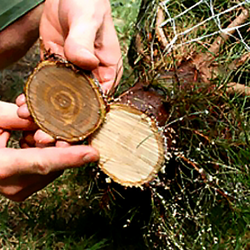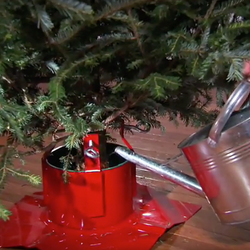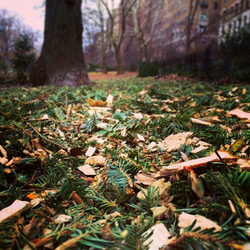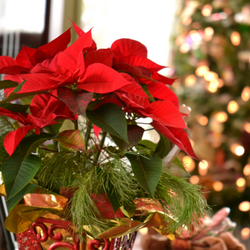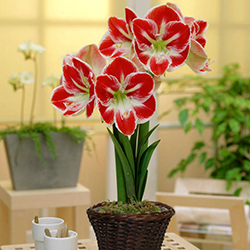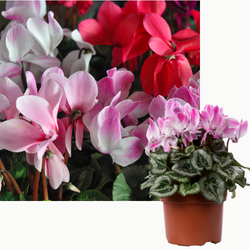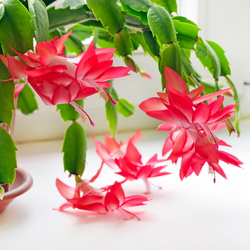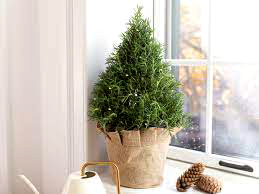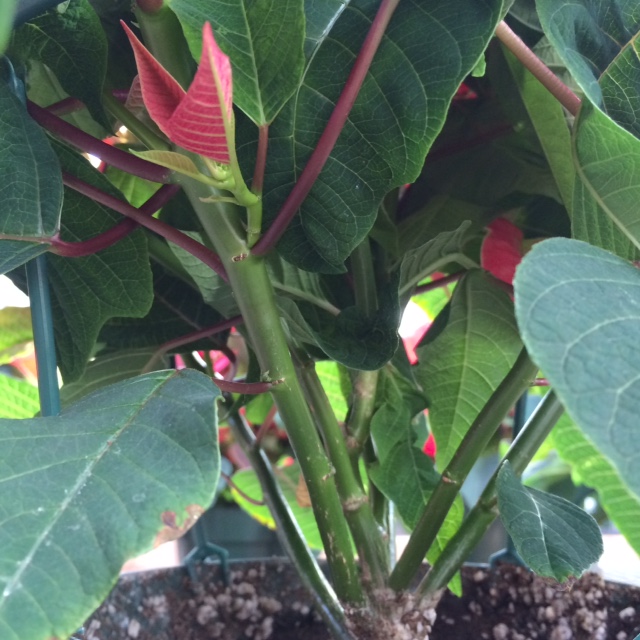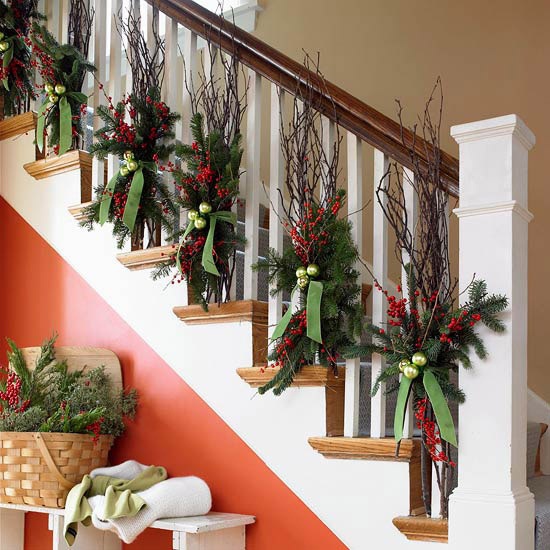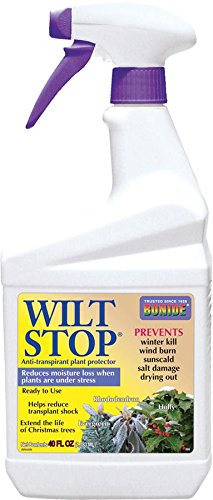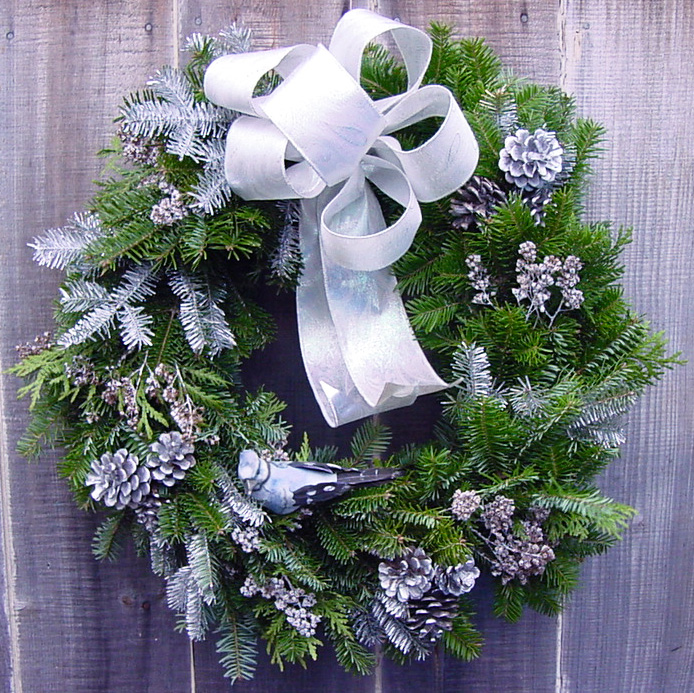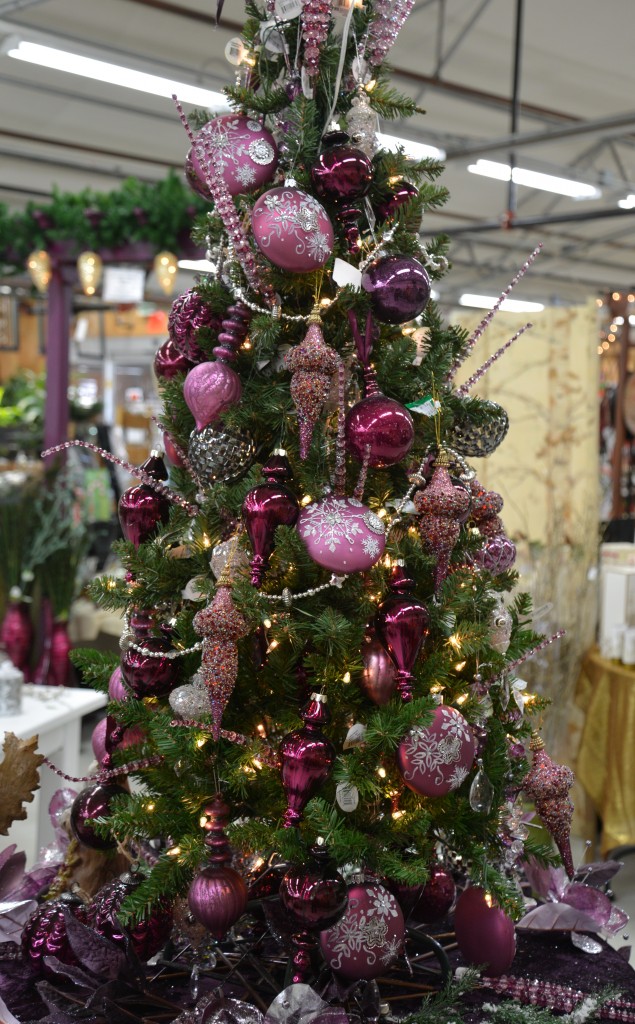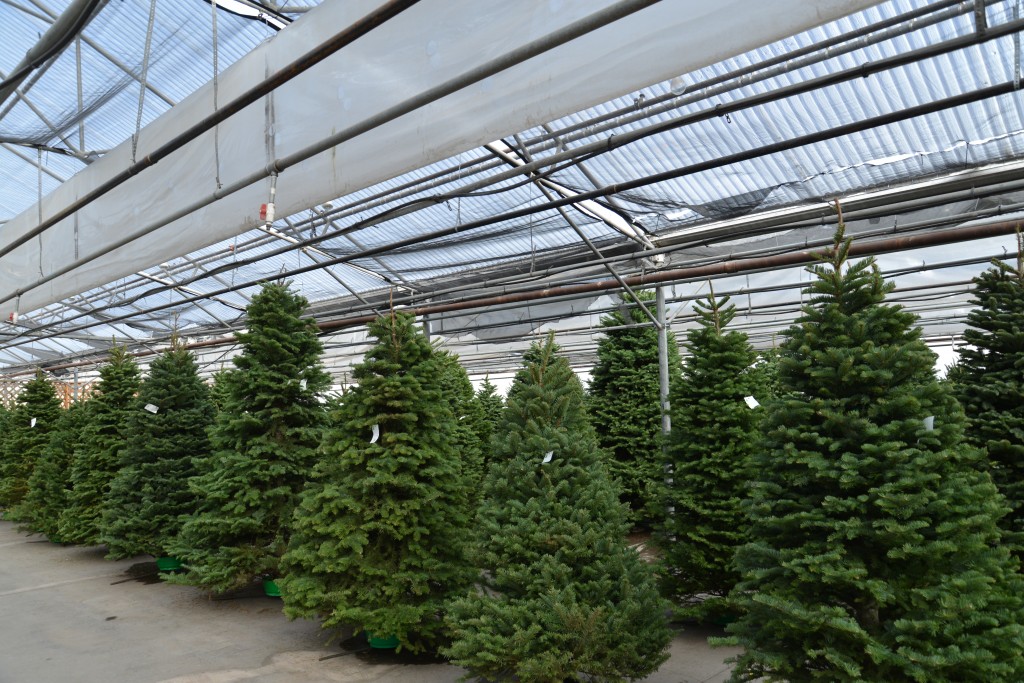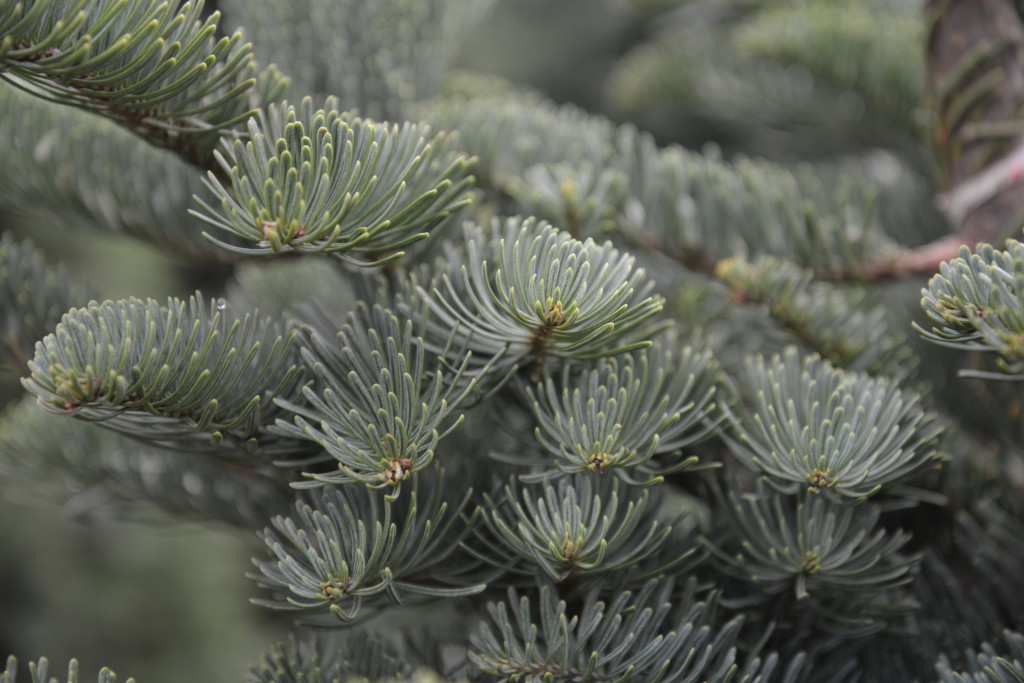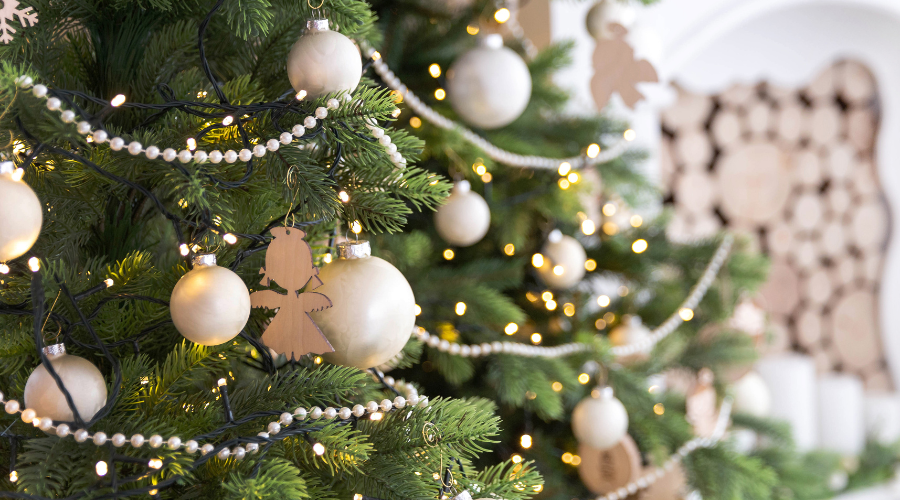
The holiday season is just around the corner, and for many families, that means it’s time to select the centerpiece of holiday décor: the Christmas tree. If you’re considering an artificial tree this year, you’re not alone. Artificial Christmas trees have come a long way, and they now offer an attractive, convenient, and eco-friendly option for bringing festive cheer into your home. Here’s how to choose the right tree for your space and why it might be the best choice over a real tree.
Consider Your Space
The first thing to consider when choosing an artificial Christmas tree is the space you have available. Measure the height of your room and the space where the tree will go. If you have a smaller area, such as a hallway or corner, a slim artificial tree could be perfect. These trees are designed to fit in tight spaces while still looking lush and festive. If you have a large living room or an open space with high ceilings, a full-size 9-foot tree will create a beautiful statement.
Choose the Style
Our artificial Christmas trees are designed to mimic the natural beauty of real trees like Douglas fir, balsam pine, spruce, and alpine. The type of tree you choose depends on your personal style and the look you want for your holiday décor. If you prefer a fuller tree with soft needles, a Douglas fir replica might be your best bet. For a more rustic, woodsy look, consider a spruce or alpine tree, which has a more open, natural branch structure.
Pre-Lit or Unlit?
Artificial trees come in two main options: pre-lit and unlit. Pre-lit trees come with factory-installed lights, which save you the time and effort of stringing lights yourself. They’re especially convenient if you want to set up your tree quickly and enjoy evenly spaced lighting. However, unlit trees give you the freedom to customize the lights to match your theme or color palette each year. If you love experimenting with different light displays or colors, you may prefer an unlit tree.
Durable and Easy to Maintain
One of the major advantages of an artificial tree is its durability. A well-made artificial tree, crafted with care, will last for many years, providing holiday cheer season after season. There’s no need to worry about watering the tree or dealing with needles falling onto your floor. Simply unpack it from storage, set it up, and it’s ready to go. This makes it a great option for families with pets or small children.
Why Choose an Artificial Tree?
Artificial Christmas trees offer several advantages over real trees:
Longevity: With proper care, an artificial tree can last for 10 years or more, making it a cost-effective choice in the long run.
Eco-Friendly: Unlike real trees, artificial trees don’t need to be cut down each year, helping reduce the demand for tree farming and transportation.
Allergy-Friendly: Some people are allergic to the pollen, mold, or sap found in real trees. An artificial tree eliminates these allergy triggers, allowing everyone to enjoy the holidays sneeze-free.
Less Mess: No fallen needles or sap to clean up means more time to relax and enjoy the festive season.
Choosing the perfect artificial Christmas tree involves considering your space, style, and lighting preferences. With so many options available at our garden center, you’re sure to find the tree that suits your home and holiday vision perfectly!


